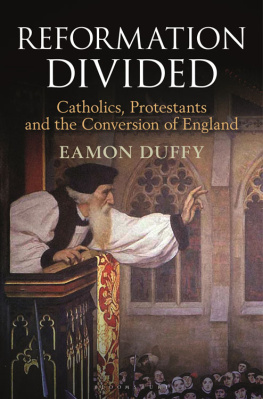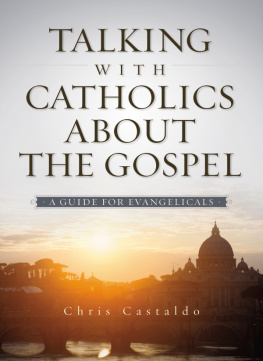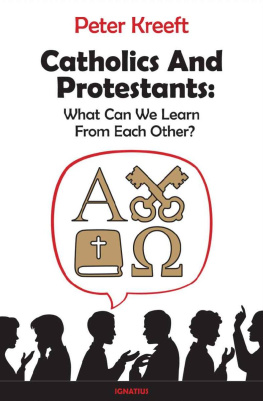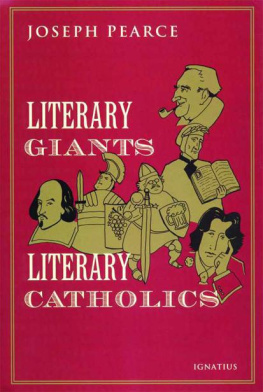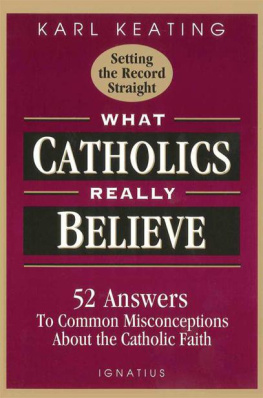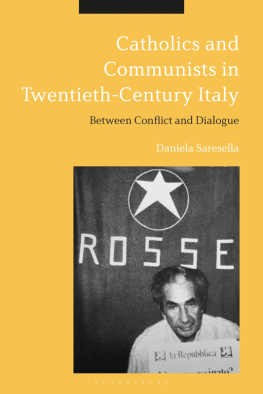Catholics during the English Revolution, 16421660
Catholics during the English Revolution, 16421660
Politics, Sequestration and Loyalty
Eilish Gregory
THE BOYDELL PRESS
Eilish Gregory 2021
All Rights Reserved. Except as permitted under current legislation
no part of this work may be photocopied, stored in a retrieval system,
published, performed in public, adapted, broadcast,
transmitted, recorded or reproduced in any form or by any means,
without the prior permission of the copyright owner
The right of Eilish Gregory to be identified as
the author of this work has been asserted in accordance with
sections 77 and 78 of the Copyright, Designs and Patents Act 1988
First published 2021
The Boydell Press, Woodbridge
ISBN: 978-1-78327-594-6 hardback
ISBN: 978-1-80010-089-3 ePUB
The Boydell Press is an imprint of Boydell & Brewer Ltd
PO Box 9, Woodbridge, Suffolk IP12 3DF, UK
and of Boydell & Brewer Inc.
668 Mt Hope Avenue, Rochester, NY 14620-2731, USA
website: www.boydellandbrewer.com
A catalogue record of this publication is available
from the British Library
Cover image: The Kingdomes Monster Uncloaked from Heaven: The Popish Conspirators, Malignant Plotters, and cruell Irish, in one Body to destroy Kingdome, Religion and Lawes The British Library Board 669. f.8 24.
Acknowledgements
During the course of writing this book I have benefitted from the generous support of mentors, family and friends who have encouraged me in every step of my research pursuits. I would like to heartedly thank Professor Jason Peacey who for many years as my supervisor has patiently guided me through the many obstacles that I have encountered in my research and who has given me such valuable advice outside of the academic bubble. Professor Michael Questier and Dr Gabriel Glickman have both generously supported my work in various capacities and have offered me constructive advice on how to maximise my potential as a scholar. I would like to thank my editor Peter Sowden for commissioning my book for Boydell & Brewer and who has been very patient and generous as the writing of the book progressed. A special acknowledgement is deserved to Professor Kenneth Fincham, who offered me pastoral advice in the very early stages of my research when I first proposed looking at Catholic sequestrations, including many discussions in his office and the generous supply of reading materials, so with that I offer my gratitude.
This book could not have been completed without generous travel and research fellowships from University College London, the Royal Historical Society, English Catholic History Association, Folger Shakespeare Library, Durham University, and Marshs Library, which additionally enabled me to pitch my research ideas at seminar papers and conferences. Library staff and archivists at various institutions in the UK, Ireland, and the USA have generously and patiently accommodated my research enquiries. I have enjoyed the many conversations I had with library staff and other research fellows to help enhance my research ideas further. I would especially like to thank Nigel Smith, Urvashi Chakravarty, Melissa Merchant, Lakshmi Damayanthi, LuEllen DeHaven, Camille Seerattan, Abbie Weinberg, Heather Wolfe, James Kelly, Jonathan Bush, Jason McElligott, and Maria OShea. I acknowledge the kind permission of Lord Kenyon to view his family papers held at the Lancashire Record Office in Preston.
I would not have been able to get through the writing of this book without the support of many friends within and outside academia. Misha Ewen, Cat Beck, Alys Beverton, Estelle Paranque, Marjolein van Bavel, Ed Legon, Sarah Johanesen, Sarah Ward Clavier, Elizabeth Biggs, Shanyn Altman, Liam Temple, and Steven Foster have been integral parts of my academic life since my studies as a research student, and they have continued to offer their company, support, and occasionally their homes during the writing and research process of this book. Abi and Dalga Faik have been important figures in my life since my undergraduate student days and I am grateful for their friendship throughout this time and for always being the first to offer support when I have asked for help. Thanks also goes to Anastasia Boisard, Charlotte Stevens, Noelle Taberham, Simon Healy, Christopher Gillett and Alexandra Gillett. A special mention is warranted in memory of my friend Emma Robin who, with her husband Matthew, gave me a place to stay when visiting the Warwickshire County Record Office, a person whose kindness and smile I will never forget. Most of all, the book would have been impossible without the love and support of my family, who kept me grounded from the mental consumption of writing and research, to whom this work is dedicated.
Abbreviations
A & O | Acts and Ordinances of the Interregnum, 164260 (3 vols, London, 1911) |
Add. | Additional Manuscripts |
BL | British Library |
Bodl. | Bodleian Library |
CRO | County Record Office |
CCC | Calendar of the Proceedings of the Committee for Compounding, ed. Mary Ann Everett Green (5 vols, London, 188992) |
CJ | Journal of House of Commons |
CKS | Centre for Kentish Studies |
CSPD | Calendar of State Papers, Domestic Series, 15471685 (75 vols, London, 18561939) |
CUL | Cambridge University Library |
E | Exchequer Papers |
EHR | English Historical Review |
FSL | Folger Shakespeare Library |
HHC | Hull History Centre |
LJ | Journal of the House of Lords |
ODNB | Oxford Dictionary of National Biography: From the earliest times to the year 2000, eds. H. C. G. Matthew and Brian Harrison (61 vols, Oxford: Oxford University Press, 2004). |
PA | Parliamentary Archives, Westminster |
RH | Recusant History |
SP | State Papers |
Thurloe | Collection of the State Papers of John Thurloe (7 vols, London, 1742) |
TNA | The National Archives |
VCH | Victoria County History |
Authors Note
During the seventeenth-century, the dating system in early modern England operated under the Julian calendar, before the nation switched to the revised Gregorian calendar in 1752, which was used in most European countries. Under the Julian calendar, the new year officially began on 25 March, although most contemporaries recognised that 1 January was the start of a new year. Consequently, some contemporaries in the seventeenth-century combined the dating used in both calendars on a split year format, such as 30 January 1648/9 when King Charles I was executed. For clarity, the monograph takes 1 January as the beginning of the new year, so that the reader can follow the process of sequestration and compounding cases more efficiently. The original spelling, punctuation, and capitalisation of original manuscript and printed sources has been retained, and I have made clear when certain abbreviations have been expanded by underlining and italicising the text when appropriate.


